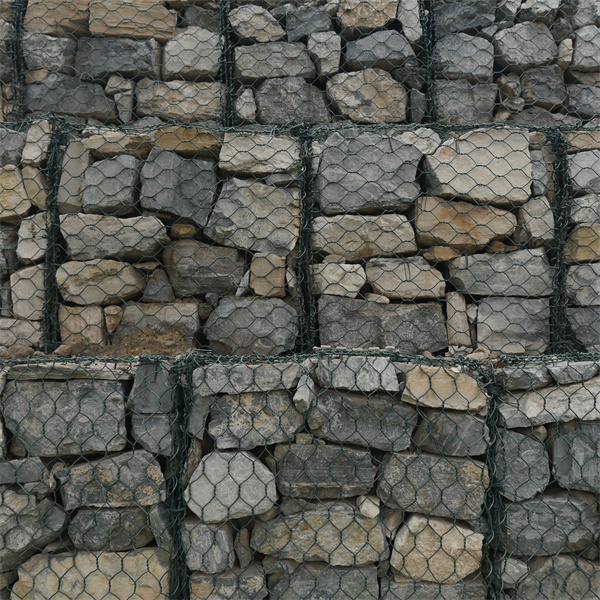កក្កដា . 21, 2024 02:17 Back to list
Leading Manufacturers of High-Quality Gabion Cage Products for Construction and Landscaping Solutions
The Role of Gabion Cage Factories in Modern Construction
In the evolving landscape of construction and landscaping, gabion cages have emerged as a vital component, thanks largely to their versatility, durability, and ecological benefits. Gabion cage factories play a crucial role in producing these structures, which are made of wire mesh baskets filled with stones, soil, or other materials. This article will explore the significance of gabion cages and the contribution of factories that specialize in their production.
Gabions have a long history, originally used for military engineering purposes to create defenses and fortifications. Today, they have found widespread application in civil engineering, architecture, and landscaping. Their versatility allows them to be used for retaining walls, riverbank stabilization, and erosion control, as well as decorative applications in garden design. The inherent properties of gabion cages make them an ideal choice for these purposes. They can absorb and dissipate energy from water flow, provide natural drainage, and blend seamlessly with the environment.
Gabion cage factories are specialized facilities that focus on the production of these systems. The manufacturing process involves several key steps the preparation of the wire mesh, the cutting and assembly of cages, and the filling with appropriate materials. The wire used is typically made of galvanized steel or other corrosion-resistant materials to ensure longevity. Factories often employ advanced machinery and techniques to enhance production efficiency and maintain high-quality standards.
One of the critical advantages of gabion cages is their environmental sustainability. Unlike traditional concrete structures, which have a significant carbon footprint, gabions can utilize locally-sourced materials for filling. This not only reduces transportation costs and associated emissions but also supports local economies. Factories often emphasize the use of recycled materials, further enhancing the eco-friendliness of the product. By incorporating natural elements into construction, gabion cages promote biodiversity and allow for better integration with the surrounding landscape.
gabion cage factories

In addition to their environmental benefits, gabion cages provide significant economic advantages. The cost of constructing gabion walls is often lower than that of traditional alternatives due to reduced material costs and labor. Factories that streamline production processes can pass these savings onto consumers, making gabion solutions more accessible for various projects. Furthermore, the durability of gabion structures means lower maintenance costs over time, adding to their overall economic viability.
Technological advancements have also influenced the way gabion cages are manufactured and utilized. With the rise of computer-aided design (CAD) and new engineering techniques, designers can create customized gabion solutions tailored to specific project requirements. Factories are increasingly adopting these technologies to offer flexible, client-oriented solutions, enhancing the appeal of gabion structures in both commercial and residential projects.
Another factor contributing to the relevance of gabion cage factories in today’s market is urbanization. As cities continue to expand, the need for effective stormwater management and erosion control becomes critical. Gabion cages offer a practical solution, helping to mitigate water-related issues while also providing an aesthetically pleasing alternative to traditional retaining walls.
In conclusion, gabion cage factories are integral to the modern construction and landscaping sectors. Through their production of versatile, durable, and environmentally sustainable solutions, they address many contemporary challenges. As the building industry continues to evolve, the importance of gabion cages and the factories that produce them will likely only grow, paving the way for innovative approaches to construction and landscape design. By embracing these solutions, we can create structures that are not only functional but also harmonious with the natural environment.
-
HESCO Gabion Baskets for Coastal Erosion Prevention
NewsAug.22,2025
-
Longevity and Durability of River Rock Gabion Walls
NewsAug.22,2025
-
How to Integrate Gabion 3D Walls in Urban Planning
NewsAug.22,2025
-
Reno Mattress Gabion Applications in Civil Engineering
NewsAug.22,2025
-
How to Install Wire Mesh for Gabion Baskets Properly
NewsAug.22,2025
-
Best Materials for Filling a Chain Link Gabion
NewsAug.22,2025
-
Wire Mesh Thickness Impact on Gabion Wall Load Bearing
NewsAug.12,2025






